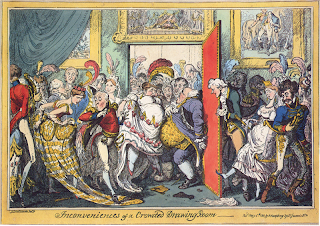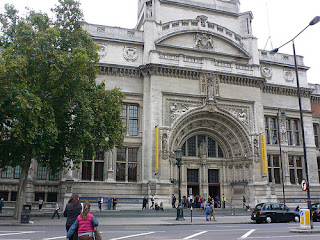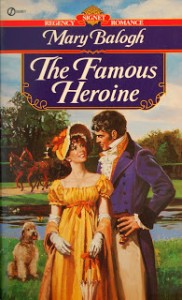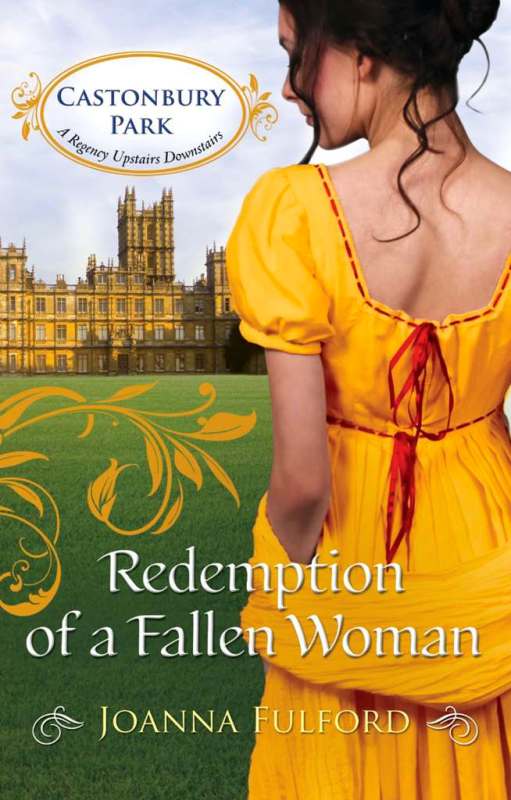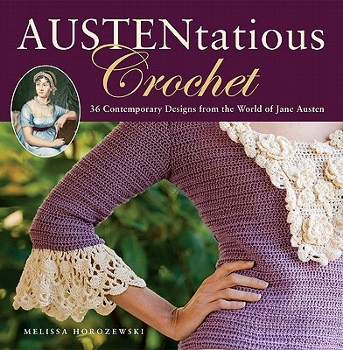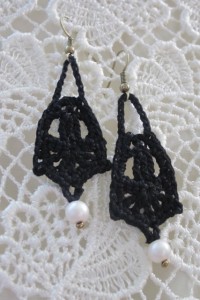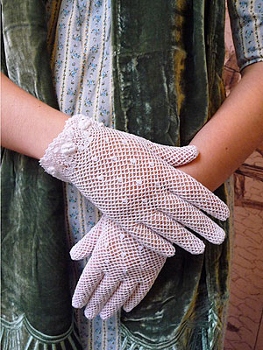When I was searching for a blog topic I found this on Hillman’s Hyperlinked and Searchable Chambers Book of Days for today. It is Georgian, so one must imagine the parents of our Regency heroes and heroines telling about what they did in their youth on a visit to Bath.
“The worship of Apollo was conducted by each candidate for fame dropping a votive offering, in the form of a short piece of poetry, into the urn, as the whole assemblage marched round it in solemn procession. A lady was deputed to take the pieces one by one out of the urn, and hand them to a gentleman, who read them aloud. The merits of the poems were then considered, and the prizes adjudged, the blushing authors of the four best compositions being presented to the high-priestess, Lady Miller, and by her crowned with myrtles, amidst the plaudits of the company.”
Just picture that….adults in Georgian dress, powdered hair and brocades, marching around in a solemn procession….
I guess it is no worse than playing Pictionary…..
“The meetings lasted for several years, till at length they were put an end to by a most unwarrantable breach of good manners and hospitable confidence. Some unknown person disgracefully and maliciously contaminated the sacred urn with licentious and satirical compositions, to the great annoyance of the ladies present, and the chagrin of the host and hostess. The urn was thenceforth closed, and the meetings were discontinued for ever.”
Addressed to Lady Miller, on the Urn at Batheaston.
‘Miller, the Urn in ancient time, ’tis said,
Held the collected ashes of the dead:
So thine, the wonder of these modern days,
Stands open night and day for lifeless lays.
Leave not unfinished, then, the well-formed plan,
Complete the work thy classic taste began;
And oh, in future, ere thou dost unurn them,
Remember first to raise a pile, and burn them.’
This is the last week for the Harlequin Historical Author Beach Bag Giveaway. Click HERE for instructions on how to enter for the daily prizes and many chances to win the Grand Prize of a Kindle Fire!
My part of the contest is open now. My official day is this Thursday. I’ll choose my daily winner of a $25 Amazon gift certificate and a copy of A Not So Respectable Gentleman? on June 29, the last day of the whole contest! Click HERE on how to enter.


